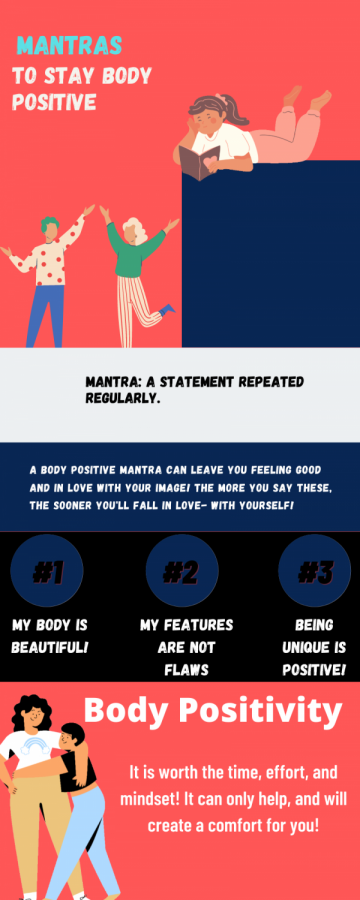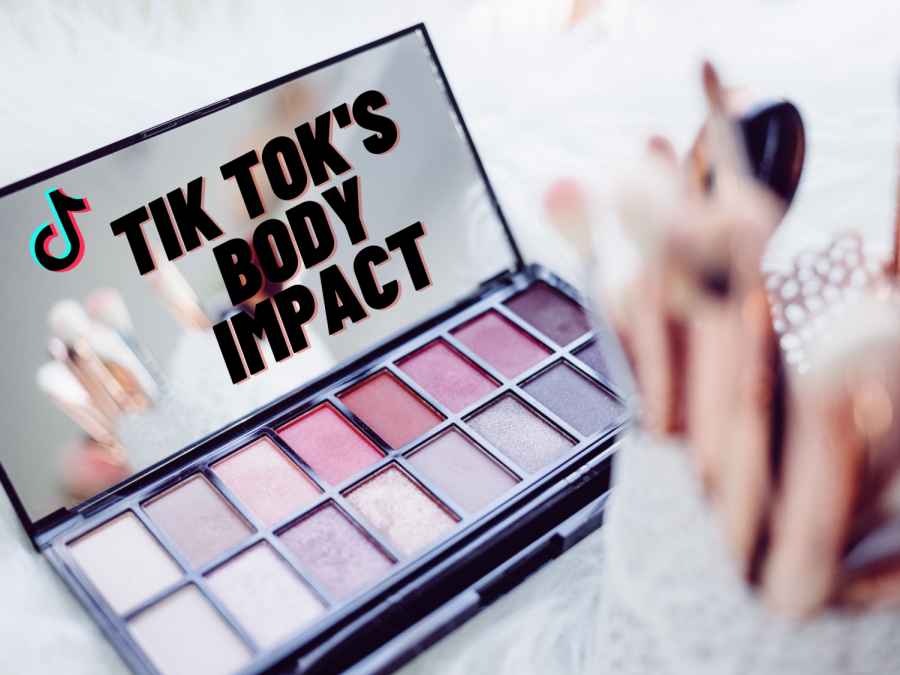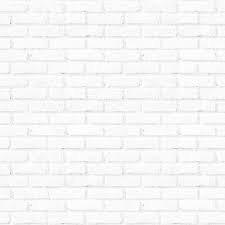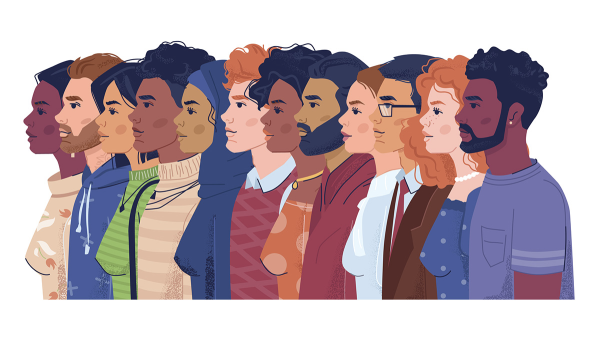How Social Media Impacts Body Positivity
The unfortunate side effects of TikTok on body positivity.
TikTok’s ever-growing platform has inspired countless trends and ideals, both positive and negative. While social media, in general, can breed feelings of negative body image, platforms such as Instagram and Pinterest have modified their terms to avoid promoting unrealistic standards. TikTok, however, has little to no restriction on this content, hence the large growth in body dysmorphia.
Body Dysmorphic Disorder can be defined as a psychological disorder that programs the mind to imagine defects on their own body. This essentially means that people will view their bodies in a warped image, no matter the level of validation received or inaccuracy of this projection. A common result of this disorder includes comparison to others with the subject’s ideal body type.
So how does TikTok impact Body Dysmorphic Disorder?
One of the main and unfortunate side effects of TikTok is that the algorithm can either really play into what you watch, or pull random videos of what it thinks you will like. In the recent incline of users creating accounts on the platform, there have been trending searches, such as: “Pro-anorexia and Thinspiration”. Platforms such as Tumblr went under fire at their height of popularity for promoting such ideals, and now have banned these searches, as well as flagged any posts deemed harmful.
These searches resulted in many users attending workout classes, drastically changing their appearance, and even getting body-changing surgeries. This can be comparable to Snapchat’s filter scandal, in which many women were getting surgery specifically to achieve the look that face-slimming filters give.
Furthermore, most new users are unfamiliar with TikTok’s influential ability, which in short, means they are most likely to be impacted by the new influx of body dysmorphia. These users are also on the receiving end of false beauty standards or what the average person should look like. This only furthers the idea that you have to fit a type or look to have followers or interaction on TikTok.
While countless users scroll through TikTok, in search of ways to change their image, there are thousands of others who may also experience body dysmorphia in smaller ways.
Many users will participate in trends or contests of “who’s the most attractive” or “if you can do this action then you must be attractive”. This implies that the attitude of physical abilities and skills will impact the way someone is viewed by others. This also helps to develop a fake bubble of beauty standards and beyond that, to physical and mental standards.
Due to these trends, competitions, and contests, TikTok officially falls on the list of media that promotes bad beauty standards.
In order to move past this time of unhappiness with the body and personal image, people must realize that everyone is unique unintentionally. No person should resort to looking to others for comparison, but until the users of TikTok can agree with that, Body Dysmorphic Disorder will likely stick around.


A true scatterbrain, senior Ryleigh Wilson has been on the journalism staff for 3 years. She is the Co-Editor of the magazine and the features editor....








